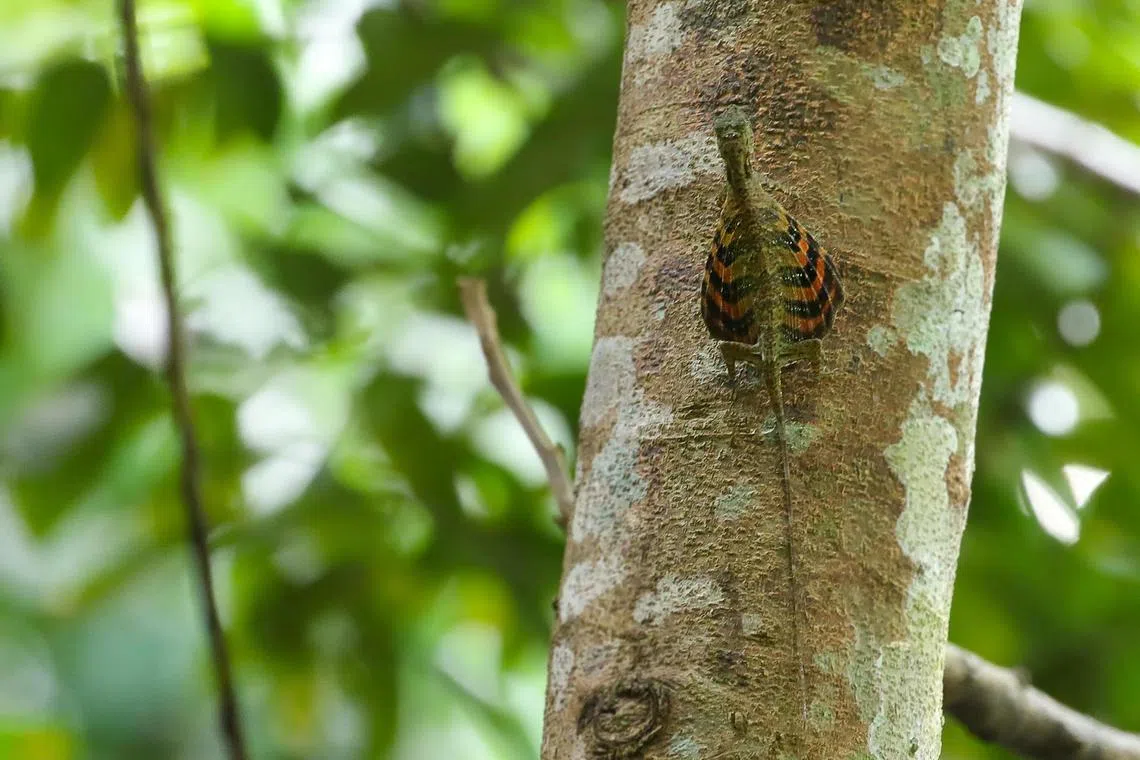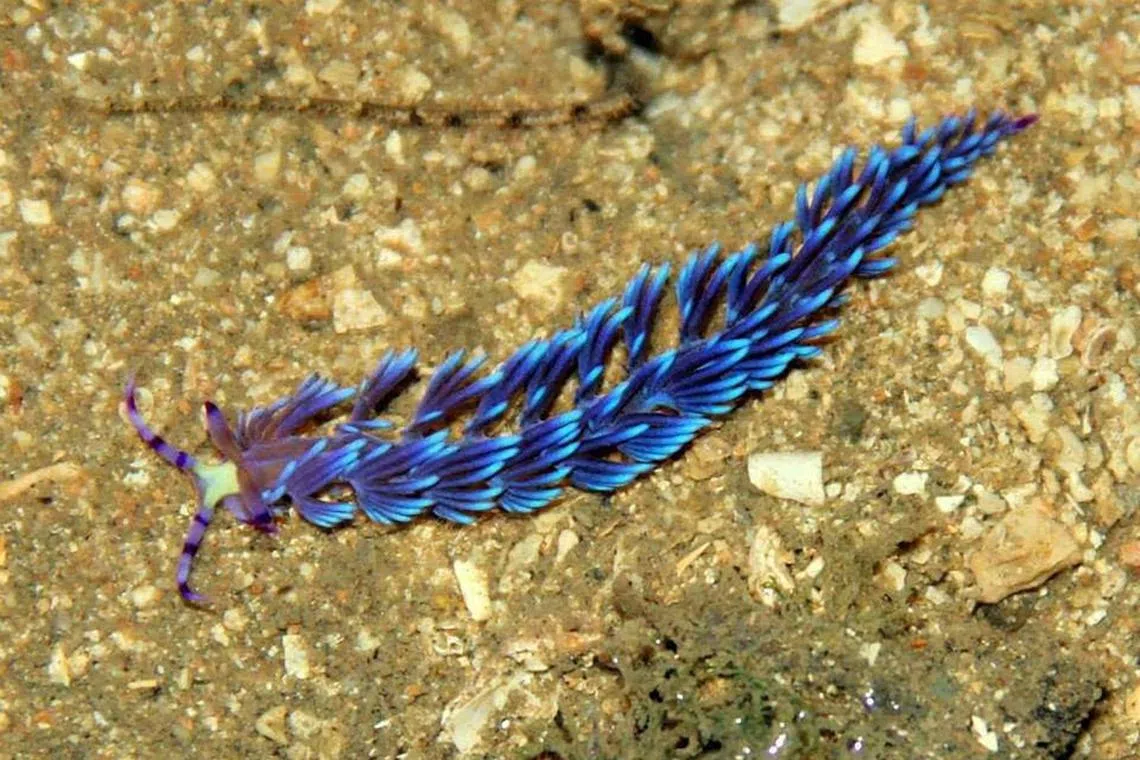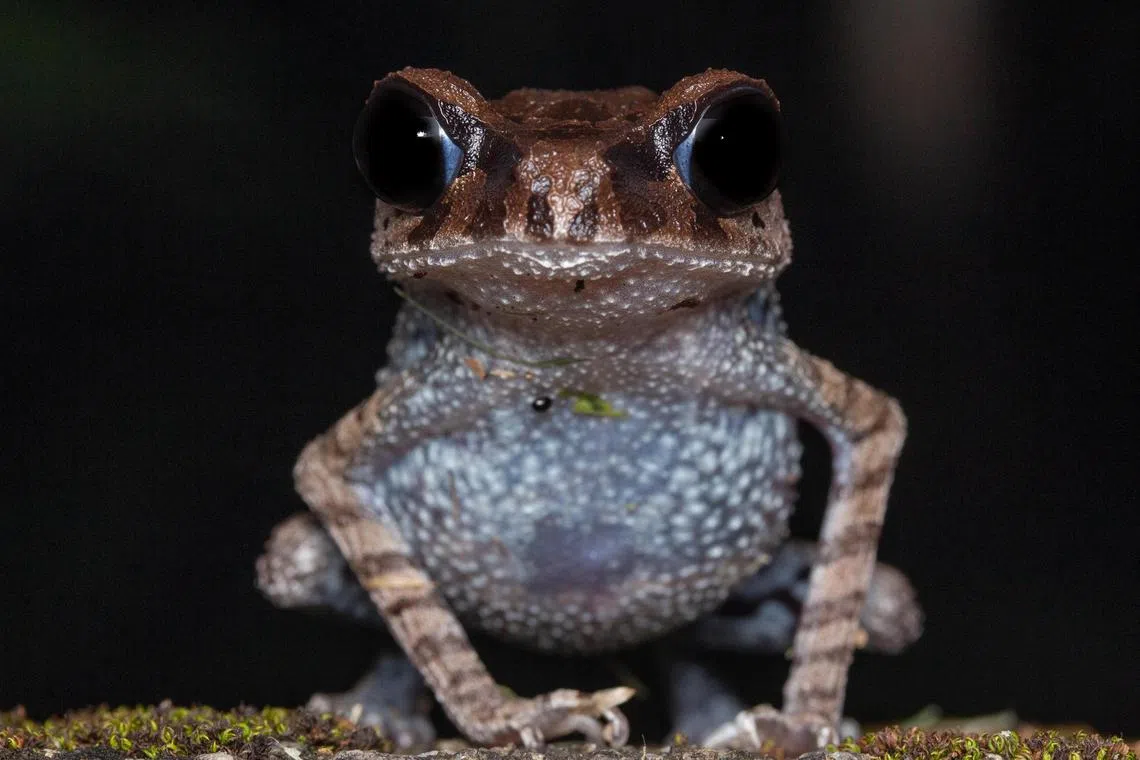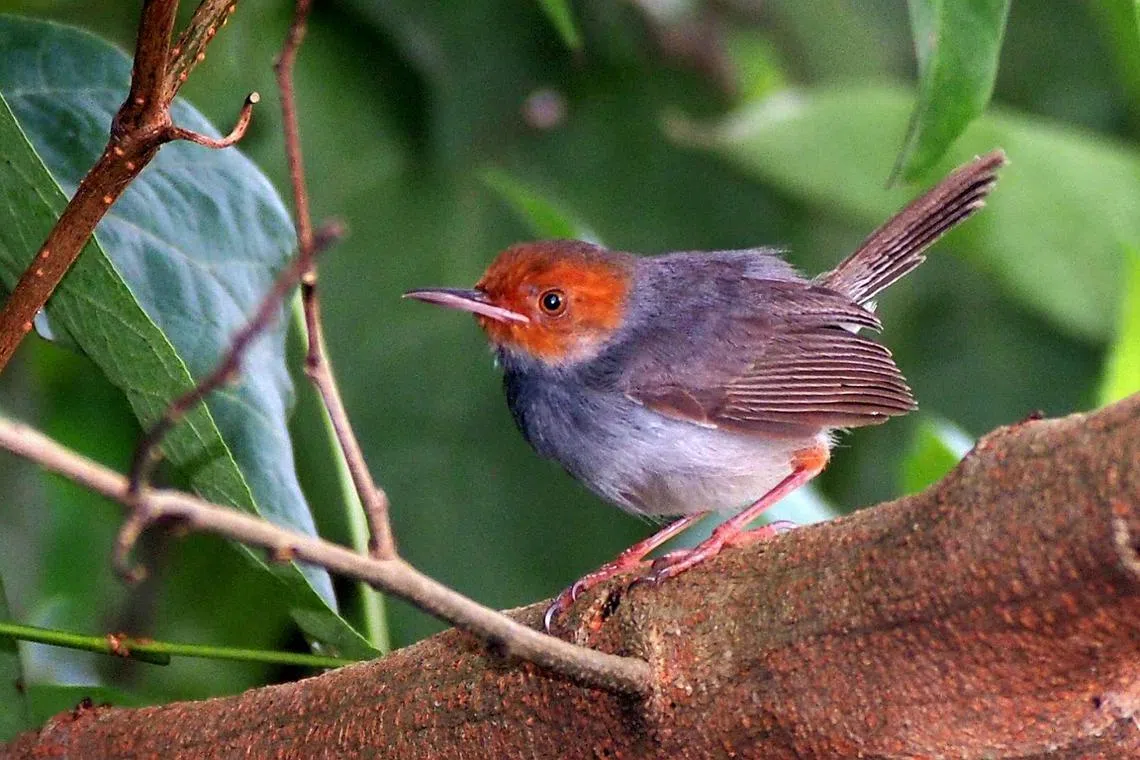World Wildlife Day: 6 lesser-known S’pore residents
Sign up now: Get ST's newsletters delivered to your inbox
Follow topic:
SINGAPORE – Rumbustious critters like the red junglefowl and smooth-coated otters are familiar to many in Singapore, but other wild residents of this city-state are hidden in plain sight.
In conjunction with World Wildlife Day on Friday, The Straits Times highlights six lesser known species – from gummy-like caterpillars to flying dragons – that live around the island.
1. Slug moth caterpillar

PHOTO: BRYAN SEAH
The gem-like caterpillar is the larva of the Limacodidae family of moths. The caterpillars are also known as slug, nettle or cup moth caterpillars.
The first name is derived from the caterpillar’s behaviour of crawling about on its smooth, sticky abdomen.
While it can easily be mistaken for a sweet snack, the bulbous insect – often likened to a gummy or jelly bean – does not taste as good as it looks and is actually toxic.
Some have stinging hairs that are capable of causing a painful rash.
The caterpillar forms a cup-shaped cocoon before changing into a moth, hence the cup moth moniker.
Cup moth larvae can be found in two main forms – gelatine caterpillars and those studded with stinging spines, as described by wildlife photographer John Horstman, who has more than 2,200 photos of these caterpillars.
2. Five-banded gliding lizard

aqwild03 - A five-banded gliding lizard (Draco quinquefasciatus) in Windosr Nature Park in 2022 Credit: Emmanuel Goh Rights: Mandatory credit
PHOTO: EMMANUEL GOH
The Draco quinquefasciatus can glide from tree to tree using its patagium, a flap at the side of its body.
The slender species can be identified by five dark bands across its olive green back and its pinkish-orange patagium, according to online vertebrate fauna resource Ecology Asia.
The forest-dweller, typically found clinging to large tree trunks, appears to feed primarily on ants and termites.
The rare reptile can also be found from Thailand to Malaysia.
It is threatened by habitat degradation.
3. Sunda slow loris

aqwild03 - Sunda slow loris (Nycticebus coucang) in one of Singapore's primary forests Credit: Law Brothers Credit: Law Brothers Rights: Mandatory credit
PHOTO: LAW BROTHERS
The Sunda slow loris (Nycticebus coucang) is the only one of Singapore’s three non-human primates that is venomous.
It can secrete a yellow substance from the insides of its elbow, which binds with saliva to form venom used to defend itself.
The nocturnal mammal, weighing about 600g, can be found in nature reserves in Singapore such as Bukit Timah Nature Reserve and Central Catchment Nature Reserve.
During the day, the creature, which can grow up to nearly 40cm, sleeps on branches or in tree holes by tucking its head into its belly and rolling into a ball.
Globally, the critically endangered species is being driven to the brink of extinction by habitat loss and the illegal pet trade.
4. Blue dragon nudibranch

aqwild03 - A blue dragon nudibranch (Pteraeolidia ianthina) off Singapore's shores Credit: Jonathan Tan Rights: Mandatory credit
PHOTO: JONATHAN TAN
The neon blue sea slug, informally known as the blue dragon (Pteraeolidia ianthina), is the only nudibranch – a kind of marine mollusc – to date known to exhibit parental care.
The species habitually stays near its eggs once they are laid, according to online marine biodiversity resource Wild Singapore.
It can store symbiotic algae in its body, allowing it to go without feeding for some time by farming energy from the sun.
The ornate creature can grow up to 5cm long and is typically spotted in coral rubble and near reefs.
5. Black-eyed litter frog

aqwild03 - The black-eyed litter frog (Leptobrachium nigrops) in one of Singapore's primary forests Credit: Law Brothers Rights: Mandatory credit
PHOTO: LAW BROTHERS
The Leptobrachium nigrops is found among the tree litter of primary and mature secondary rainforests.
When disturbed, the amphibian will opt to crouch rather than flee, which means it is rarely sighted upright.
Its call is typically a loud, machine gun-like rattle, according to Ecology Asia.
Adult male frogs are known to wrestle one another, presumably to settle disputes over territory.
6. Ashy tailorbird

PHOTO: ALAN OWYONG
The palm-sized Orthotomus ruficeps can be found in coastal and secondary forests, mangroves and gardens.
The tailorbird gets its name from its ability to stitch leaves together with its beak to form a nest, according to the National Parks Board.
It feeds on moths, spiders, bees, termites, grasshoppers, caterpillars and worms.
If strangers get too close to its nest, a tailorbird is likely to get alarmed and abandon it, even if there are nestlings.


